Nature reserves
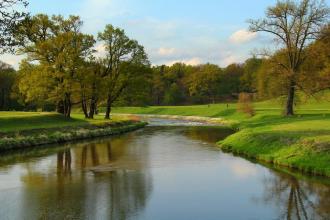
Landscape parks
Areas of protected landscapes
Natura 2000 areas
Natural monuments
Ecological sites
Species protection of animals
 Asset Publisher
Asset Publisher
"Tropical Forestry" z wizytą w Polsce
"Tropical Forestry" z wizytą w Polsce
Studenci Leśnictwa Tropikalnego poznawali arkana polskiego leśnictwa.
Przedstawiciele Nadleśnictwa Wymiarki w ramach trwającej już od kilku lat współpracy z Uniwersytetem Technicznym w Dreźnie prezentowali studentom kierunku "Tropical Forestry" (Leśnictwo Tropikalne) model polskiego leśnictwa. Spotkanie było okazją wskazania szeregu działań prowadzonych na rzecz wielofunkcyjnej i racjonalnej gospodarki leśnej.

fot. W. Babula
Podobnie jak w latach wcześniejszych na terenie nadleśnictwa gościła ponad dwudziestoosobowa grupa studentów reprezentująca różne i często odległe kraje. Wśród zwiedzających polskie lasy znaleźli się studenci mieszkający w czternastu krajach, położonych na czterech kontynentach. Z Afryki przybyli studenci z Kamerunu, Sierra Leone oraz z Togo. Azję reprezentowali obywatele Wietnamu, Pakistanu, Indii, Indonezji i Birmy. Z Ameryki Północnej dotarli studenci z Kanady, Nikaragui i Panamy natomiast z Ameryki Południowej przyjechali słuchacze z Peru i Brazylii. Opiekunami grupy byli m.in. prof. Lukas Gissen oraz dr Eckhard Auch.
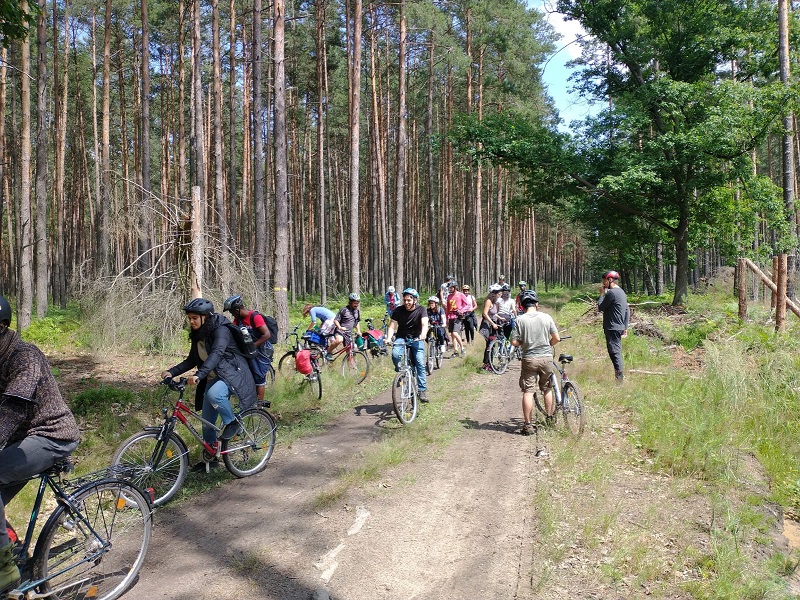
fot. W. Babula
Przybyłej delegacji wskazano powierzchnie leśne gdzie wykonywane były prace z zakresu ochrony, hodowli oraz użytkowania lasu. Całość spotkania odbyła się w warunkach terenowych na świeżym powietrzu, przy zachowaniu reżimu sanitarnego. Była to jednocześnie forma aktywnego spędzania czasu, bowiem nasi goście do Polski przyjechali rowerami. Pogoda dopisała, a przyszła grupa „międzynarodowych leśników” wróciła do Niemiec w wyśmienitych nastrojach.
Autor. J.Karwański


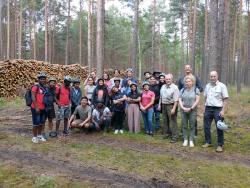
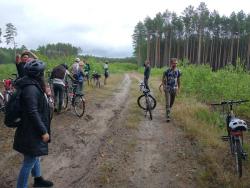 fot. W.Babula
fot. W.Babula
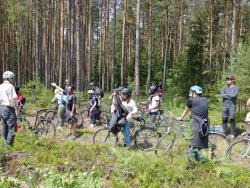 fot. W.Babula
fot. W.Babula



